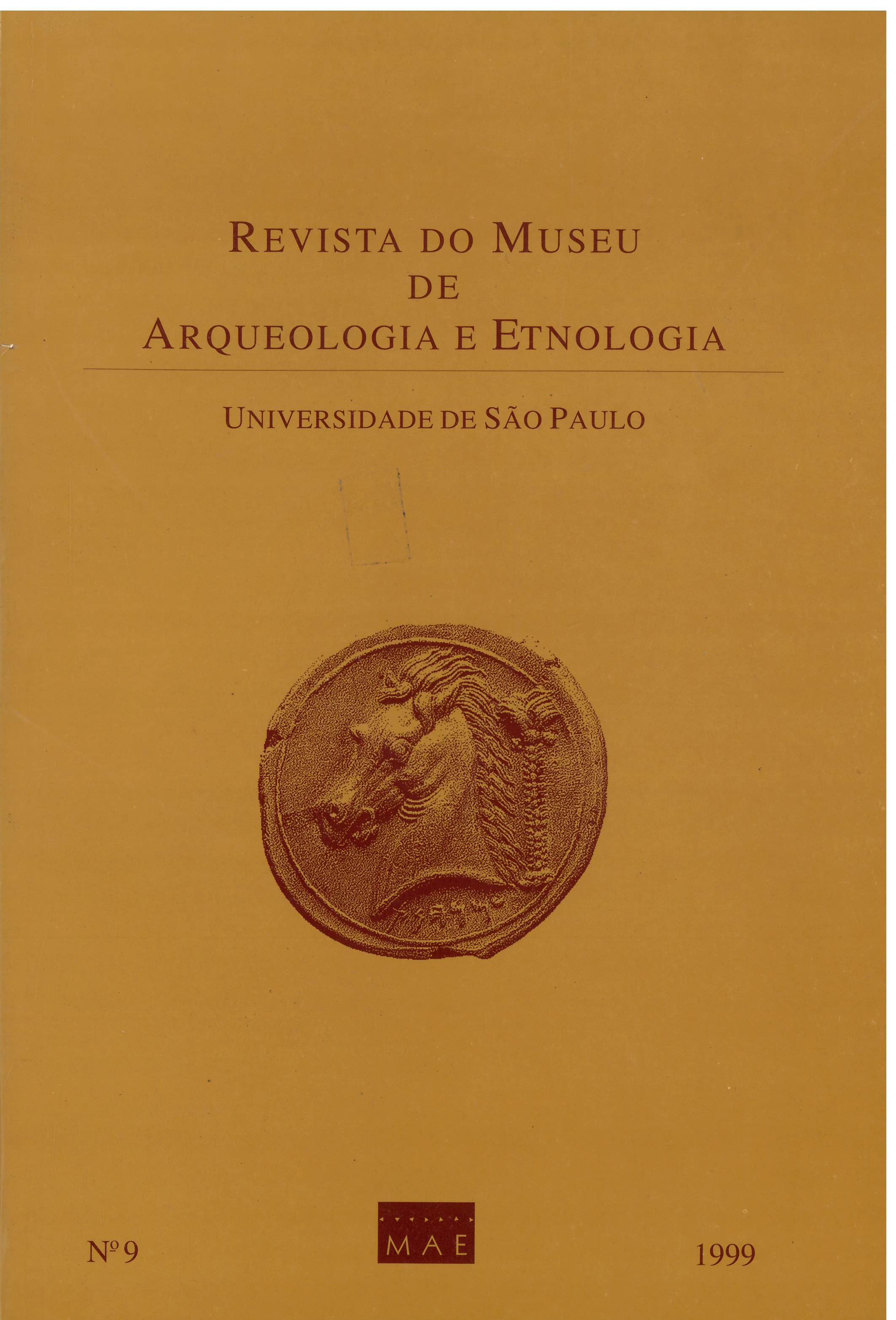Why are they wooden these water women?
DOI :
https://doi.org/10.11606/issn.2448-1750.revmae.1999.109348Mots-clés :
African arts, stylistic and typology - Art, Brazil - Afro-Brazilian culture, Anthropology-Wood, sculpture-Women, Iconology-Museums, curatorship and collections historic.Résumé
Having as reference a statue photographed by Pierre Verger sometime around 1950 at Ibadan, Nigeria, and another one registred by Leo Frobenius in 1910m his pip to the Ioruba territory, we present here a comparative analysis of four statues assigned to Iemanja in ethnological collections in Brazil. Prominent among them are those of the Museu de Arqueologia e Etnologia/MAE (São Paulo) and of the Museu AfroBrasileiro (Salvador) which, since 1995, are being studied by the author through a historical and ethno-morphological approach applied in her researches about the traditional statuary of Africa. The study presents also pieces related to Xango, located at MAE. From the historical viewpoint, they witness ideas which have oriented the formation of African collections among us, contributing to the discussion on the forms of the imaginary, in Brazil, about Africa.##plugins.themes.default.displayStats.downloads##
##plugins.themes.default.displayStats.noStats##
Téléchargements
Publiée
1999-12-17
Numéro
Rubrique
Artigos
Licence
(c) Copyright Marta Heloísa (Lisy) Leuba Salum 1999

Ce travail est disponible sous licence Creative Commons Attribution - Pas d'Utilisation Commerciale - Pas de Modification 4.0 International.
Comment citer
SALUM, Marta Heloísa (Lisy) Leuba. Why are they wooden these water women?. Revista do Museu de Arqueologia e Etnologia, São Paulo, Brasil, n. 9, p. 163–193, 1999. DOI: 10.11606/issn.2448-1750.revmae.1999.109348. Disponível em: https://periodicos.usp.br/revmae/article/view/109348.. Acesso em: 22 juill. 2024.












